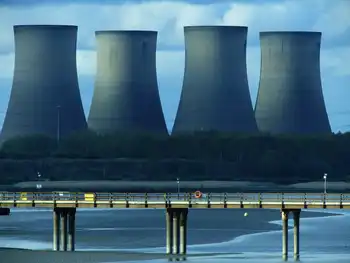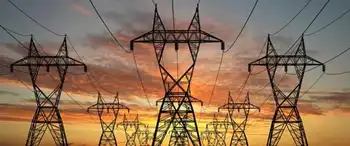Turning old tires into power
COCHRANTON, PENNSYLVANIA - Environmental issues pertaining to the proposal by Crawford Renewable Energy to build what is called the “world’s largest” tires-to-energy plant 10 miles south of Meadville near the town of Cochranton are now before the Pennsylvania Department of Environmental Protection.
Air pollution was one of the prime reasons the same plant was stridently opposed when it was to be constructed on ErieÂ’s east side on former International Paper property.
A failed real estate deal and inadequate rail service were cited by the firm then called Erie Renewable Energy for the decision to shift to the site to Crawford County, although Erie opponents of the plant give credit to their opposition.
Although the air pollution issue still exists a position paper by the Lake Erie Group of the Sierra Club opposing the Crawford plant runs several pages, the problem was recently down played.
“The air pollution risks for this plant are actually extremely low,” said University of Pittsburgh professor Conrad Volz, who directs the Center for Healthy Environments and Communities at Pitt.
But Volz also said that ash from the plant could be a problem. “If concentrations of heavy metals created when tires are burned don’t go up the smokestacks, they’re going to stay in the ash. And how that ash would be handled isn’t clear.”
The plant would burn some 72,000 tires a day and produce enough power for 75,000 homes. It would provide 60 jobs, and 200 temporary construction jobs.
Although the Sierra Club and the Pitt professor would seem to be at odds, figures do show that the $350-million plant would be an air polluter. The Erie plant was to have had a 300-foot smokestack.
The plantÂ’s air quality permit application shows that the plantÂ’s yearly pollutants would include 253 tons of nitrogen dioxide, 143 tons of sulfur dioxide and 200 tons of particulate matter.
The site of the proposed plant is in an environmentally sensitive area, close to the 12,360-acre Conneaut-Geneva marsh, a globally significant bird habitat, and not far from the 8,800-acre Erie National Wildlife Refuge.
Only two tires-to-energy plants are operating in the U.S. The plant in Sterling, Conn., is one-third the size of the proposed Crawford plant. A smaller plant is in Ford Heights, Illinois. Plans for such plants have been rejected in Minnesota and in Ontario, Canada. In Modesto, California, a TDF tires-derived-fuel plant closed in 2000 after a huge pile of tires there caught fire.
Related News

Symantec Proves Russian
WASHINGTON - An October, 2017 report by researchers at Symantec Corp., cited by the U.S. government, has linked recent US power grid cyber attacks to a group of hackers it had code-named "Dragonfly", and said it found evidence critical infrastructure facilities in Turkey and Switzerland also had been breached.
The Symantec researchers said an earlier wave of attacks by the same group starting in 2011 was used to gather intelligence on companies and their operational systems. The hackers then used that information for a more advanced wave of attacks targeting industrial control systems that, if disabled, leave millions without power or…




